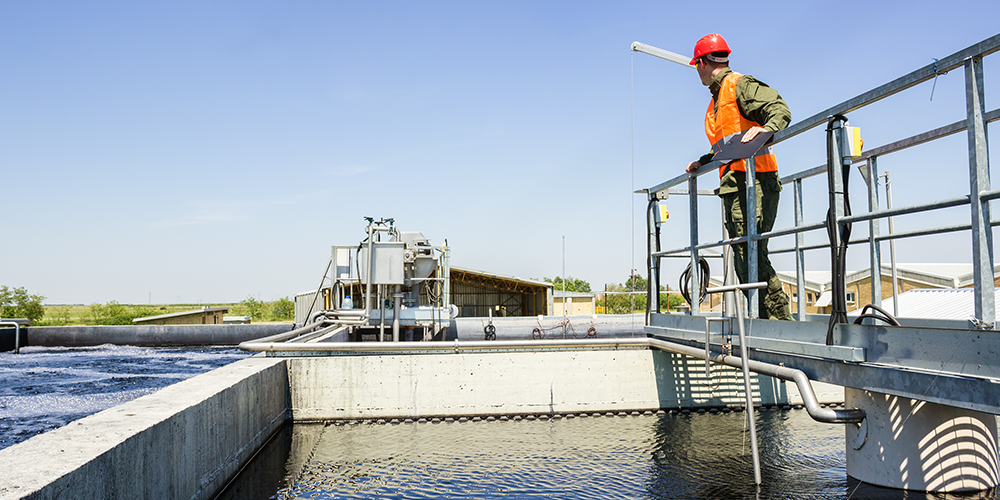Supporting safe, clean water through water system partnerships
New water system consolidation guide bolsters access to reliable drinking water
California’s water sector faces unprecedented challenges, including drought, wildfires and groundwater contamination. To help combat these issues, the State is encouraging struggling small water systems to collaborate with neighboring systems – creating economies of scale and boosting local resilience.
“There’s an unprecedented amount of funding available for water systems to join together. But the process of consolidating is highly complex,” said Kristin Dobbin, former postdoctoral researcher at the UCLA Luskin Center for Innovation and assistant cooperative extension specialist at UC Berkeley.
That’s why Dobbin and her colleagues created a first-of-its-kind guide to support water system consolidation.
This new guide illustrates different options to design consolidation projects, provides case studies of successful collaborations and outlines key considerations. The accompanying tool kit helps to put this information into action.
“Knowing all of the different options can support communities to choose what’s best for them,” said Justin McBride, graduate student researcher at the Luskin Center.
Funded by the Water Foundation, the project arose out of a working group with water equity advocates, state agency leaders and other stakeholders. One finding of the discussion was the need for more information about the different ways systems can implement consolidation projects – which sparked the research team to develop this guide.
The guide comes at a critical time, when many small water systems are experiencing acute challenges.
Of California’s approximately 2,800 community water systems, about half have fewer than 100 connections. They often have limited staffing, revenue and capacity to maintain their infrastructure.
Further, these small water systems can be extremely vulnerable to the impacts of climate change, since they often can depend on a single water source. If such a supply well fails or becomes contaminated, an entire community can find itself without water
As a result, 76 percent of the systems that were considerably “drought impacted” between 2012 and 2016 were very small systems, according to a recent study.
“Consolidation can be an effective way to pool resources, grow customer bases and increase capacity,” explained Dobbin. “It also can advance water equity, since smaller systems disproportionately serve rural and lower-income populations.”
The guide highlights different ways communities have successfully collaborated towards those ends. For instance, water systems might choose to merge with their neighbors, similar to the seven districts in Lake County that banded together to create a singular district and build resilience after the 2015 Valley Fire. Water districts in the Ukiah Valley Basin took a different approach, creating a regional umbrella organization to collaboratively prepare back-up supplies during a drought
“It comes down to getting clean, safe, reliable water to people who don’t have it,” said Gregory Pierce, co-director of the Luskin Center for Innovation. “Policymakers and community groups can use this guide to advance on-the-ground efforts.”
For more research advancing access to safe, clean water, see the Human Right to Water Solutions Lab, housed in the Luskin Center for Innovation.








